The Carrington Event – Biggest Solar Storm In Earth’s History
A.Sutherland – MessageToEagle.com – On August 28, 1859, an enormous solar coronal mass ejection hit Earth’s magnetosphere and induced one of the largest geomagnetic storms on record. A series of sunspots began to form on the surface of the Sun.
It was the greatest and most famous space weather event in the last two hundred years.
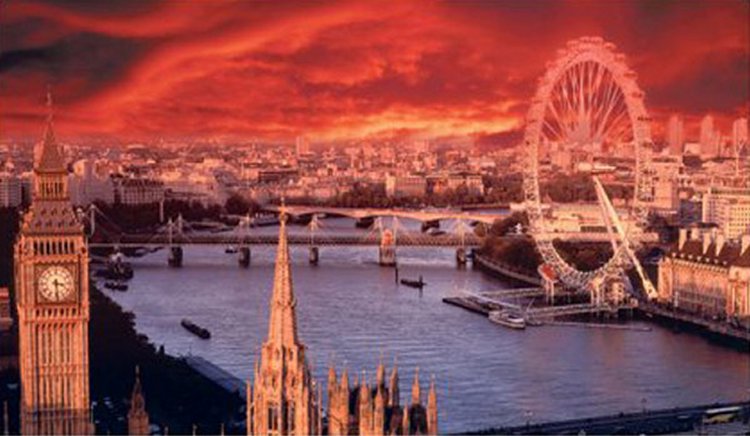
For the first time, observations showed that the sun and aurora were connected. The auroras generated strong ionospheric currents. A significant portion of the world’s 200,000 km of telegraph lines was harmfully affected, many of which were unusable for more than eight hours, and it had a strong and negative economic impact.
This was the biggest solar flare in Earth’s history.
The associated “white light flare” in the solar photosphere was observed and recorded by British astronomers Richard Carrington and Richard Hodgson. The storm caused strong auroral displays and wrought havoc with telegraph systems.
From August 28 to September 2, 1859, numerous sunspots were observed on the Sun. The sunspots tangled the Sun’s magnetic field lines in their area and produced bright, observed solar flares and one or two Coronal Mass Ejections, one of them much bigger and stronger. The same day that the sunspots appeared, strong auroras began to dance around Earth’s magnetic lines, visible as far south as New England in North America.
By 29 August, auroras were visible as far north as Queensland, Australia, in the Southern Hemisphere.
Those over the Rocky Mountains in the US were so bright that their glow awoke gold miners, who began preparing breakfast because they thought it was morning.
It was so bright that people in the northeastern US could read a newspaper by the aurora’s light.
Officially known as SOL1859-09-01, the Carrington Event as it has become known colloquially showcased for the first time the potentially disastrous relationship between the Sun’s energetic temperament and the nascent technology of the 19th century. It also resulted in the earliest observations of solar flares by Richard Carrington (for whom the event is named) and Richard Hodgson.
This event made Carrington realize the relationship between geomagnetic storms and the Sun.
See also:
How Solar Flares Affect Human Health – Our Mind And Body
According to our current statistics, Carrington flares occur once in a half-millennium. The statistics are far from solid, however, and scientists emphasize that we don’t understand flares well enough to rule out a repeat in our lifetime.
In 1859, the telegraph network was the sole technology endangered by space weather. The situation is much different now.
If Earth is hit by the same force as the worst recorded solar storm in history, 1859’s Carrington Event, it would be devastating. Imagine large cities without power for a week, a month, or a year. What do you think would happen? How could our modern world survive without communication? A solar storm of this magnitude could result in year-long blackouts.
Television signals from satellites would be majorly disrupted, and satellites, too, would experience crippling GPS navigation, disruptions to radiofrequency communication. Planes flying over the oceans would likely experience navigation errors and communications blackouts as a result of the disrupted satellite network.
Scientists warn the losses could be $1 to $2 trillion, and the effects could be felt for years.
Written by – A. Sutherland – MessageToEagle.com Senior Staff Writer
Copyright © MessageToEagle.com All rights reserved. This material may not be published, broadcast, rewritten or redistributed in whole or part without the express written permission of MessageToEagle.com
Related Posts
-
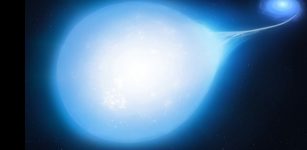 A Rare Pulsating Star Shaped Like A Teardrop Discovered By Astronomers
No Comments | Jul 14, 2021
A Rare Pulsating Star Shaped Like A Teardrop Discovered By Astronomers
No Comments | Jul 14, 2021 -
 Universe’s Oldest Stars In Our Own Galactic Backyard – Discovered
No Comments | May 15, 2024
Universe’s Oldest Stars In Our Own Galactic Backyard – Discovered
No Comments | May 15, 2024 -
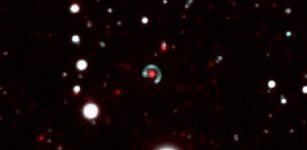 New ‘Einstein Ring’ – A Rare Image Of A Distant Galaxy – Discovered
No Comments | Jun 6, 2016
New ‘Einstein Ring’ – A Rare Image Of A Distant Galaxy – Discovered
No Comments | Jun 6, 2016 -
 Curtin Scientists Discover How Water Is Regenerated On Asteroids
No Comments | Oct 11, 2019
Curtin Scientists Discover How Water Is Regenerated On Asteroids
No Comments | Oct 11, 2019 -
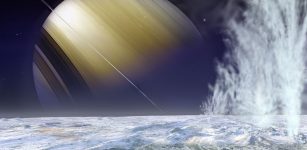 Wednesday Oct. 28, 2015 – NASA’s Cassini Spacecraft Samples An Extraterrestrial Ocean Of Enceladus
No Comments | Oct 28, 2015
Wednesday Oct. 28, 2015 – NASA’s Cassini Spacecraft Samples An Extraterrestrial Ocean Of Enceladus
No Comments | Oct 28, 2015 -
 NASA’s Perseverance Rover Begins Collecting Rock In Search Of Alien Life
No Comments | Aug 8, 2021
NASA’s Perseverance Rover Begins Collecting Rock In Search Of Alien Life
No Comments | Aug 8, 2021 -
 Is World’s Largest Canyon Hidden Under Antarctic Ice Sheet?
No Comments | Jan 14, 2016
Is World’s Largest Canyon Hidden Under Antarctic Ice Sheet?
No Comments | Jan 14, 2016 -
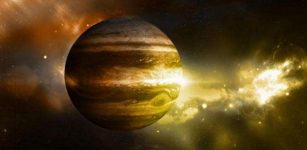 Mystery Of Jupiter’s Incredible Journey To Our Solar System Revealed
No Comments | Mar 28, 2019
Mystery Of Jupiter’s Incredible Journey To Our Solar System Revealed
No Comments | Mar 28, 2019 -
 Music Can Improve Memory
No Comments | Feb 6, 2016
Music Can Improve Memory
No Comments | Feb 6, 2016 -
 Vercingetorix: Greatest Of All Gallic Leaders And Hero Of The French People
No Comments | Dec 22, 2016
Vercingetorix: Greatest Of All Gallic Leaders And Hero Of The French People
No Comments | Dec 22, 2016

